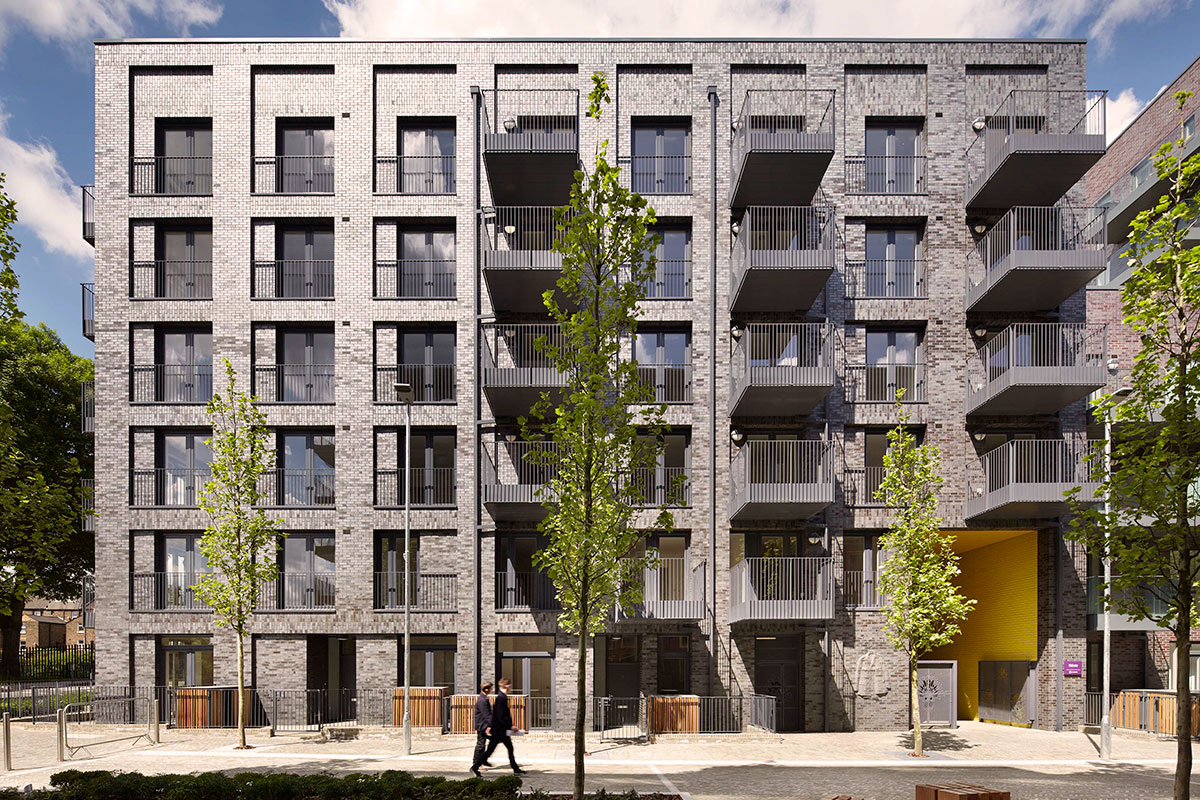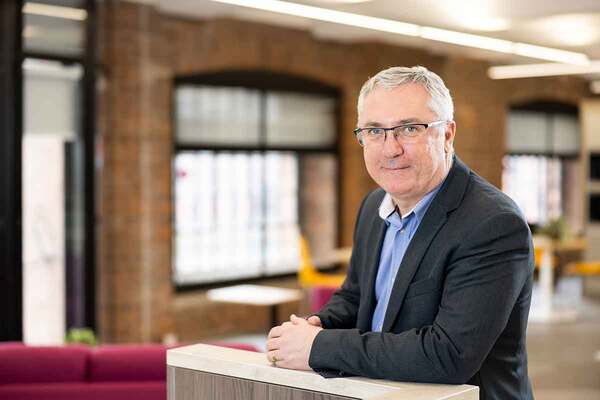You are viewing 1 of your 1 free articles
Balancing heritage and regeneration
Samantha Veal, chief executive of Blueprint Regeneration, asks how we can build new homes without losing the identity of the spaces we’re developing
As the UK government and developers continue to look for strategic solutions to solve the housing shortage, it’s crucial that we preserve the identity of the spaces we’re developing. The regeneration of brownfield – and now ‘grey belt’ – land poses a significant opportunity to build a great number of inclusive, affordable homes across the country.
However, by taking a considered approach that consults communities, developers can go beyond the bricks and mortar, with an opportunity to contribute towards solving other key societal issues our cities and towns face – acting as a catalyst to attract further investment in an area.
Urban regeneration offers an opportunity to create blended neighbourhoods to solve key community challenges while tapping into the character and rich identity of our towns and cities. By taking a community-centric approach to regeneration that prioritises early-stage engagement, developers can create purpose-led neighbourhoods that address societal needs and ease economic pressures.
With the increased cost of living making affordability difficult in popular urban areas, in 2023 more people left key cities such as London, Manchester, Nottingham and Birmingham than moved to them. Most of these migrants escaped to the lower cost of living and outdoor lifestyle promised in coastal and countryside areas of the UK.
This trend offers an opportunity for developers and the public sector to come together to create inclusive, people-centred neighbourhoods in the surrounding towns and overlooked areas of our cities, creating an escape from the hubbub, while keeping communities connected to each city’s amenities.
“Surrounding and neglected areas of cities are often misjudged and avoided due to their reputation. I believe regeneration is the key to restoring these areas”
For over 17 years, our regeneration efforts at Blueprint have been focused in the East Midlands. Through our work, we’ve seen how strategic and considered development can transform an area’s potential. Surrounding and neglected areas of cities are often misjudged and avoided due to their reputation. I believe regeneration is the key to restoring these areas, shifting societal perceptions to support the government’s housing agenda.
Nottingham City Council already shares this vision. With a forward-thinking outlook, they purposefully invested in disused areas of the city, such as Sneinton Market, as well as its green and blue infrastructure. This breathed life, nature and culture back into these spaces, which are now home to vibrant communities and driving further investment into the city.
Once a thriving wholesale trading space and home to the city’s bustling market, the Sneinton area fell into disuse in the 1990s, becoming a hotspot for crime. In 2010, Nottingham City Council kickstarted the regeneration of the area. It is now a cultural hub home to independent businesses, a popular leisure centre and new low-energy, well-being-led homes in the Fruit Market neighbourhood, creating a people-centred pedestrian gateway to the city.
This result is only possible if developers commit to strategic placemaking and great design to create inclusive spaces and neighbourhoods. What previously created the character for a place? What history has been forgotten? What are the key challenges in the community? By asking these questions and working with local residents and businesses upfront, you can create a clear plan with impact and purpose.
It’s important to invest in places early and go beyond the delivery of housing. As developers, we should use our learnings from early engagement to influence and work with the public sector to prioritise societal needs.
As part of the Fruit Market housing development, we worked with local residents early in the planning process. Guided by Igloo Regeneration’s Footprint methodology, we involved the community to design the first phase of homes, letting them have a say in the materials and features used, while their needs informed the communal spaces that we created.
As a result, we’ve created a neighbourhood co-located to the city, with a real sense of community that supports the surrounding businesses while improving each resident’s quality of life.
“This result is only possible if developers commit to strategic placemaking and great design to create inclusive spaces and neighbourhoods”
From language barriers preventing highly skilled migrants from supporting our economy, to the lack of infrastructure in disused areas, urban councils face a wide range of challenges. By digging into the detail of community challenges early, developers can work with the public sector to solve societal challenges and create happier, healthier neighbourhoods that feed into a circular economy.
Larger cities such as Birmingham and Manchester receive significant investment, yet it’s their surrounding towns and cities that hold the promise to help resolve housing challenges. In light of this year’s £1.14bn devolution deal in the East Midlands, this is an exciting time for developers to create closer partnerships with the public sector to influence and prioritise the development of underdeveloped areas in cities to sustainably support housing shortages.
With Nottingham City Council leading the region’s placemaking movement, other local authorities should be looking to these long-term projects as an example of how they can solve societal challenges and create the unique, healthy neighbourhoods communities are looking for.
Samantha Veal, chief executive, Blueprint Regeneration
Sign up for our development and finance newsletter
Already have an account? Click here to manage your newsletters













